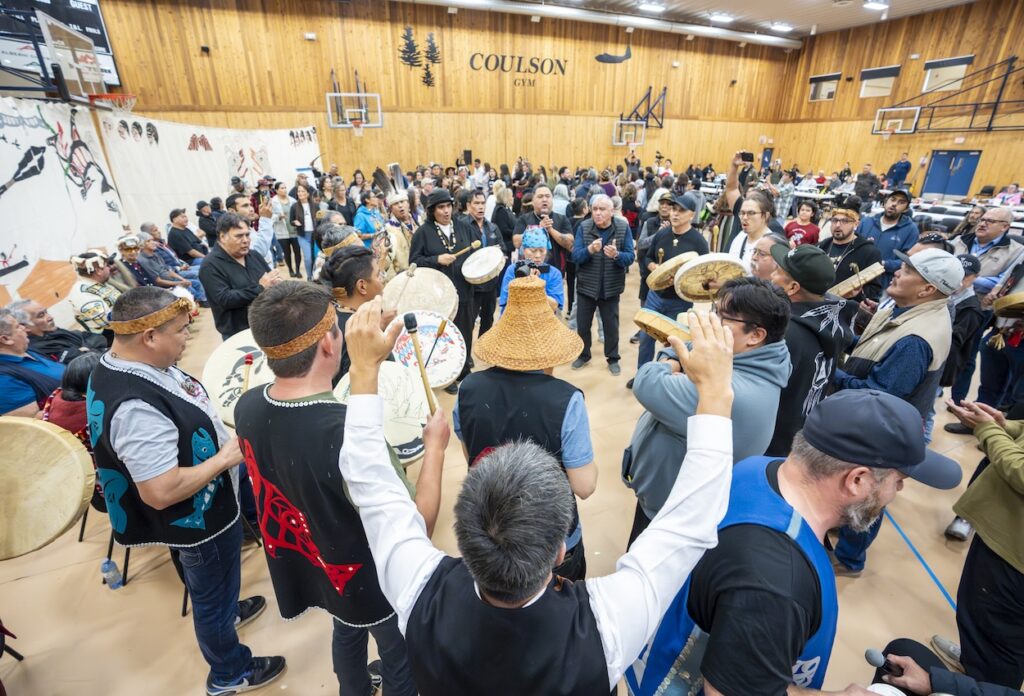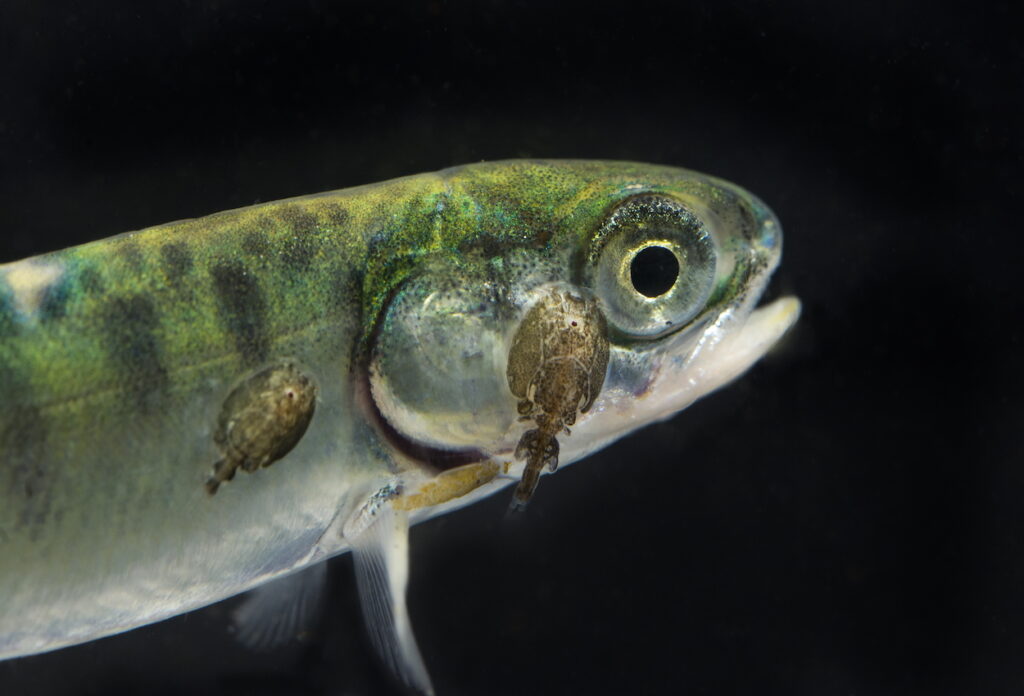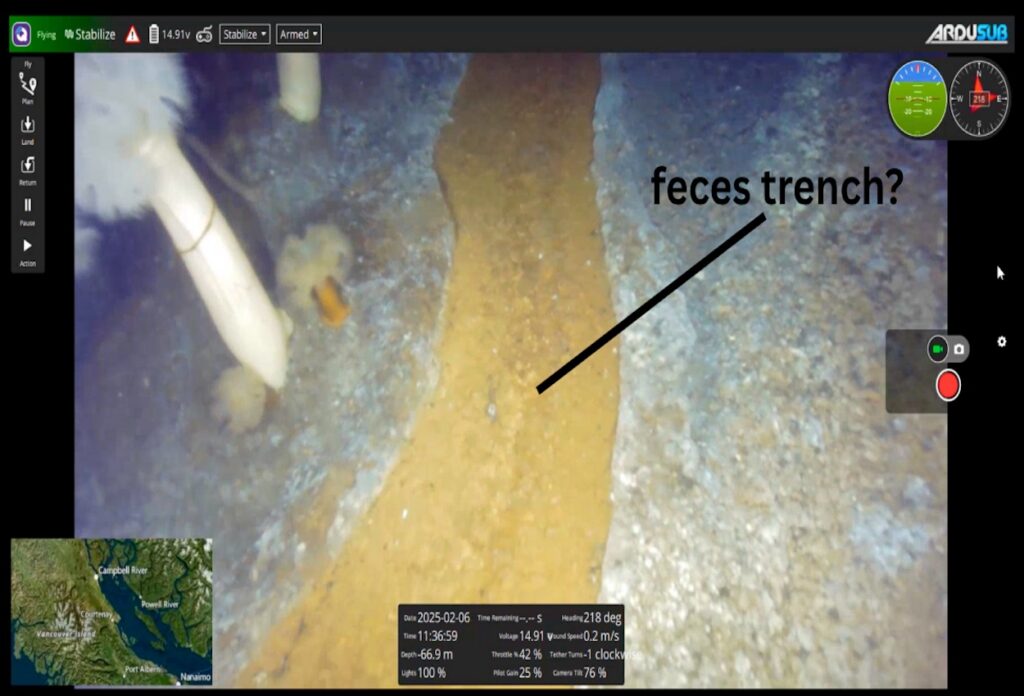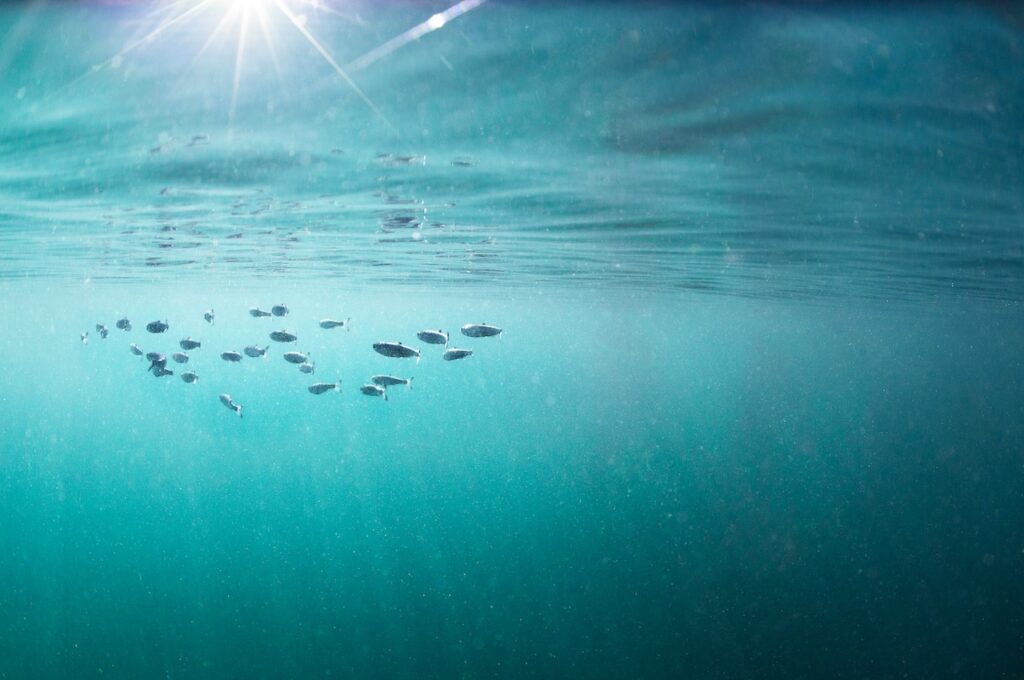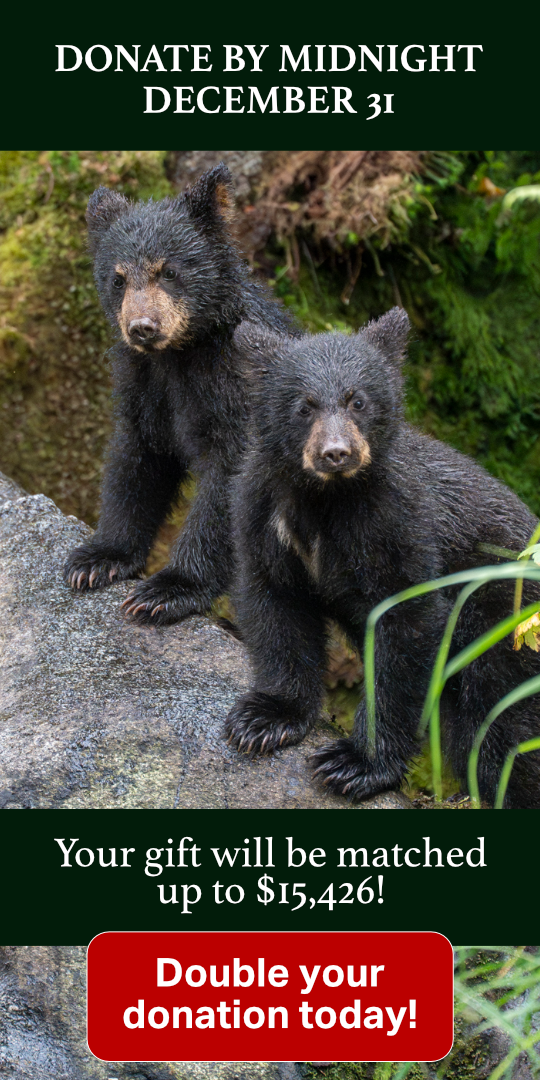Last fall Norwegian-owned salmon farming giant Cermaq applied for a permit to deposit over 2 million litres of pesticides in Clayoquot Sound. Clayoquot Action teamed up with SumOfUs to launch a petition opposing Cermaq’s application. Over 34,000 people signed that petition. The Tofino Chamber of Commerce and other stakeholders wrote letters opposing the application. The story hit the media—and the pressure was on!
Cermaq’s application not approved; province-wide sea lice review launched
The good news is that as a result of all this effort, Cermaq’s pesticide application has not been approved. Thanks to everyone who signed the petition and wrote letters—it worked! Not only that, but the province will be looking at all sea lice treatments on BC fish farms…
The BC Minister of Environment had a lot on his plate before Christmas. But on December 20, Minister George Heyman announced he will review “whether treatments for sea lice are scientifically supported and are consistent with best practices in other jurisdictions. Results from this review will inform potential changes to the Integrated Pest Management Regulation, which regulates sea lice treatment.” We’ll be watching Heyman’s review of sea lice treatments closely, and keeping you posted.
The simple fact is that sea lice are plaguing the salmon farming industry around the world. Combatting sea lice is costing the industry—dearly. Sea lice are able to quickly develop immunity to any new treatment thrown at them. In 2014 the CEO of Marine Harvest (the largest salmon farming company in the world, based in Norway and also operating in British Columbia) stated at a public forum “Whoever solves sea lice, come and see me, because we need help”. His company has since begun developing closed containment systems to keep production costs down by isolating farmed fish from sea lice.
Bloodwater review announced as well
In the same media release on December 20, the BC government announced they would “immediately begin a review of fish processing plants to ensure waste materials produced from these operations do not affect wild salmon stocks. The purpose of the review is to ensure provincial regulations and permits governing waste discharge from fish processing are informed by the best available science and best practices in other jurisdictions, and fish processing discharge is free of contaminants and pathogens.”
Tavish Campbell’s underwater footage of bloodwater discharge from the Tofino plant processing Creative Salmon’s farmed Chinook looked horrific. But the real problem is what you can’t see—the Piscine reovirus (PRV) which was detected in the effluent spewing out into Tofino Harbour. PRV was also detected in the wild rockfish feeding right at the discharge pipe, so the transfer of PRV from farmed salmon to wild fish in Clayoquot Sound has already been established.
The provincial government’s commitment to protecting the environment and health of wild salmon by strengthening the requirements for fish processing and finfish aquaculture operations is to be applauded. The best way to protect wild salmon will be to legislate the removal of open-net pen salmon farms from the British Columbia coast. A necessary component of this shift will be to develop a plan to help workers transition to new forms of employment.
On-going fish farm occupations
Meanwhile, today is Day 160 of the fish farm occupations by members of the ’Namgis and Musgamagw Dzawada’enuxw First Nations in the Broughton Archipelago near Alert Bay. On December 14 the judge granted an injunction to Marine Harvest and Cermaq, which prevents salmon protectors from visiting several of the companies’ salmon farms. However these Nations understand that their very cultural survival is at stake; they are determined to succeed.
Today Premier John Horgan met with leadership from these Nations in Vancouver, to further discuss their demand that he not renew the tenures for salmon farms in the Broughton. Those tenures are set to expire at the end of May, so it is time to keep the pressure on.
If you’ve ever wondered whether signing petitions, sending letters, and supporting peaceful direct action is worth the effort—it is. Now more than ever, it’s time to take a stand for wild salmon!
Dan Lewis is Executive Director of Clayoquot Action. Photo of Clayoquot Action and Comox Valley Council of Canadians at Midsummer occupation by Bonny Glambeck.
Here’s a few things you can do right now:
SumOfUs reached out to Clayoquot Action to keep the pressure on federal Fisheries Minister Dominic LeBlanc. Now you can send him a letter.
Please take a moment to like the Musgamagw Dzawada’enuxw Cleansing Our Waters Facebook page. Support their work and help spread the word—what they are doing is critical.
You can check out Alexandra Morton’s recent video update on her publication on PRV and her upcoming court challenge. Support her work.
